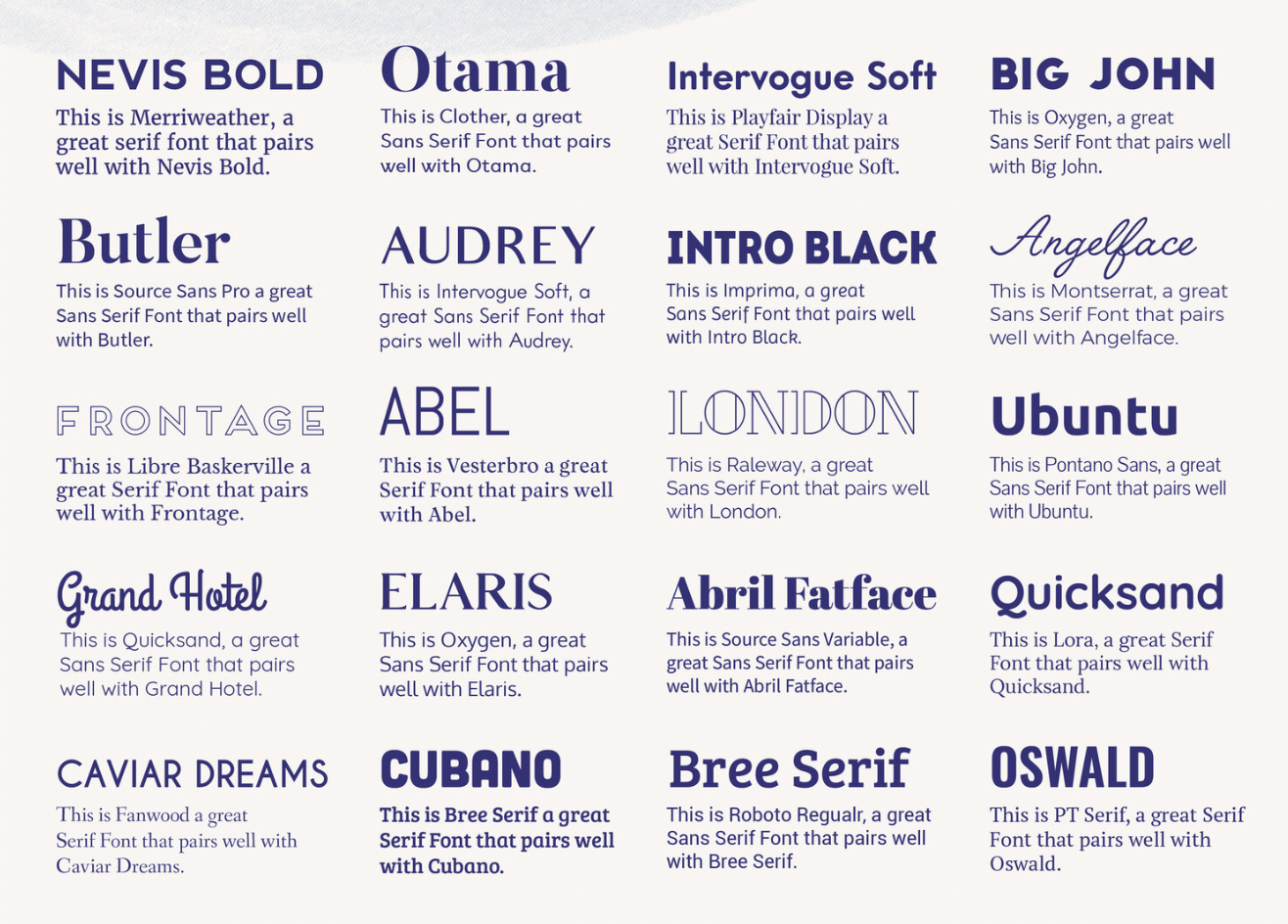What Bokeh Is and How To Achieve It
Have you ever come across those stunning photographs where the subject pops out while the background is beautifully blurred? That's the magic of bokeh. Bokeh is a photography term that refers to the aesthetic quality of the out-of-focus areas in an image. It adds depth and visual interest to your photos. In this blog post, we will delve deeper into what bokeh is and how you can achieve it in your own photography.
Understanding Bokeh
Bokeh comes from the Japanese word "boke," which means "blur" or "haze." It is the result of having a shallow depth of field in your photograph. When you use a wide aperture (small f-number), the area in focus becomes crisp and sharp, while everything in front of or behind it becomes soft and blurry.
Bokeh is not just about having a blurred background; it's the quality of that blur that makes it special. It can vary in terms of shape, size, and overall appearance. Some photographers prefer smooth and creamy bokeh, while others love the more distinct, circular bokeh produced by certain lenses.
Achieving Bokeh
To achieve stunning bokeh in your photographs, here are a few tips and techniques to try:
1. Use a Wide Aperture
The key to achieving bokeh is using a lens with a wide maximum aperture. Typically, lenses with apertures of f/1.4, f/1.8, or f/2.8 are suitable for creating beautiful bokeh. By using a wider aperture, you are reducing the depth of field.
2. Choose the Right Lens
Certain lenses are better at producing bokeh than others. Prime lenses, which have a fixed focal length, tend to produce smoother and more pleasing bokeh compared to zoom lenses. The 50mm f/1.8 lens and the 85mm f/1.4 lens are popular choices for bokeh photography due to their ability to create a shallow depth of field.
3. Positioning and Distance
To enhance the bokeh effect, it's important to have some distance between your subject and the background. The more space you have, the greater the blur you can achieve. Experiment with different distances to find what works best for your desired effect.
4. Background Elements
The bokeh effect is heavily influenced by the elements in the background. Look for interesting and visually appealing backgrounds such as city lights, fairy lights, flowers, or foliage. These elements will be rendered as soft, colorful, and visually pleasing bokeh balls.
5. Experiment with Light
Playing with light can greatly enhance your bokeh photography. Backlighting your subject, especially during golden hour or using a strong light source like the sun, can create beautiful bokeh effects. Experiment with different angles and intensities of light to see what results you can achieve.
Bokeh is a powerful technique to add depth and artistic flair to your photographs. Now that you understand what bokeh is and how to achieve it, grab your camera and start practicing. Remember, mastering bokeh takes time and experimentation, so don't be afraid to try new techniques and push your creative boundaries.



















